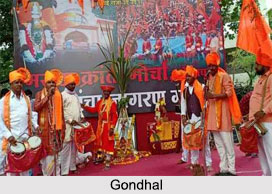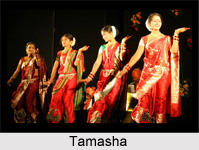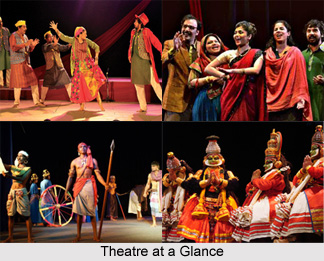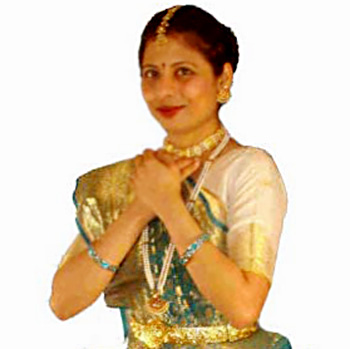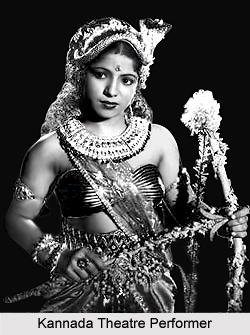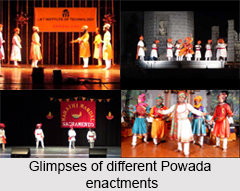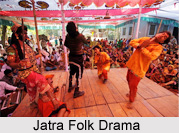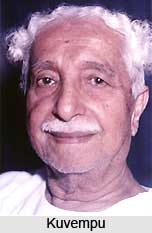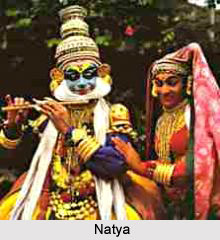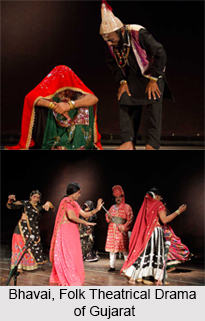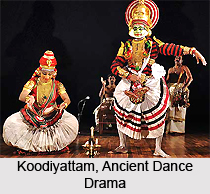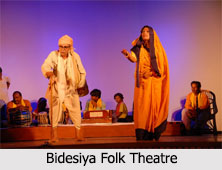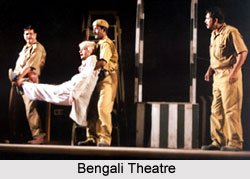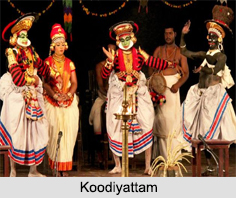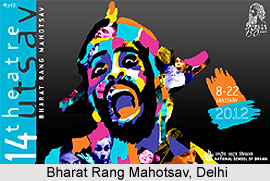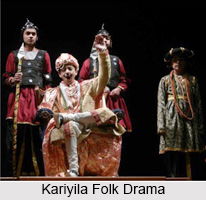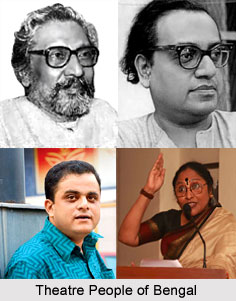Nondi Natakam is a popular Tamil form of dance theatre known for its simple language and engaging music. In Nondi Natakam the dancers tie up one leg during performance, that`s why it is called `lame drama`. It is closely associated with Terukkuttu and Kuravanji Natakam, and was in vogue during the seventeenth and eighteenth centuries. Traditionally, it was presented as an offering to the ruling deity of a village at the temple. Hence specific varieties have prefixes like Tiruchendur, Tirupullani, Palani, and Tirumalai indicating the places of worship. Variants such as Gnana and Sitakkatti are performed by Christians and Muslims respectively.
In villages, a stage made of coconut leaves is specifically constructed for this theatre. The texts have three sections. These can be named as prayer, drama, and mangalam or benediction. Prayers are offered to a set of gods, for example, in Tiruchendur Nondi Natakam in Chidambaranar district, to Vinayagar, Murugan, Sivan, Siddhi Vinayakar, the Hindu trinity, and many others. The story deals with a lame thief, his love life, devotion, and conversion. Some studies link this form to the Kallar community, but no proof exists. References to prostitutes and their livelihood are a special feature. It is interesting to note that the marginalized communities of thieves and prostitutes have a performatory genre to define a space in tradition. However, they are treated in a didactic fashion. Mere representation does not seem to automatically guarantee a genuine space and voice.
This article is a stub. You can enrich by adding more information to it. Send your Write Up to content@indianetzone.com
